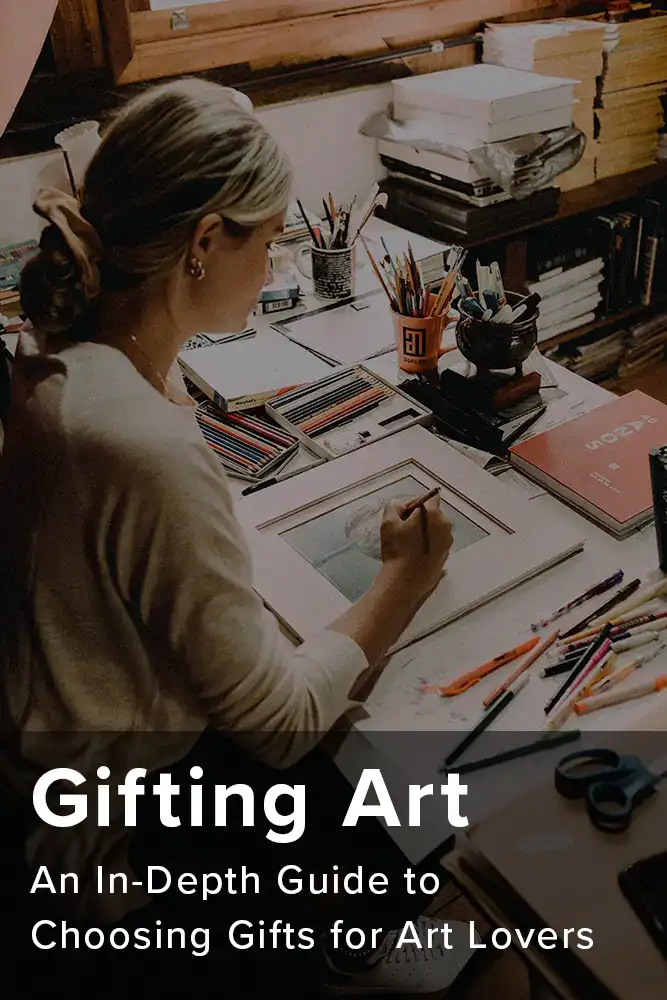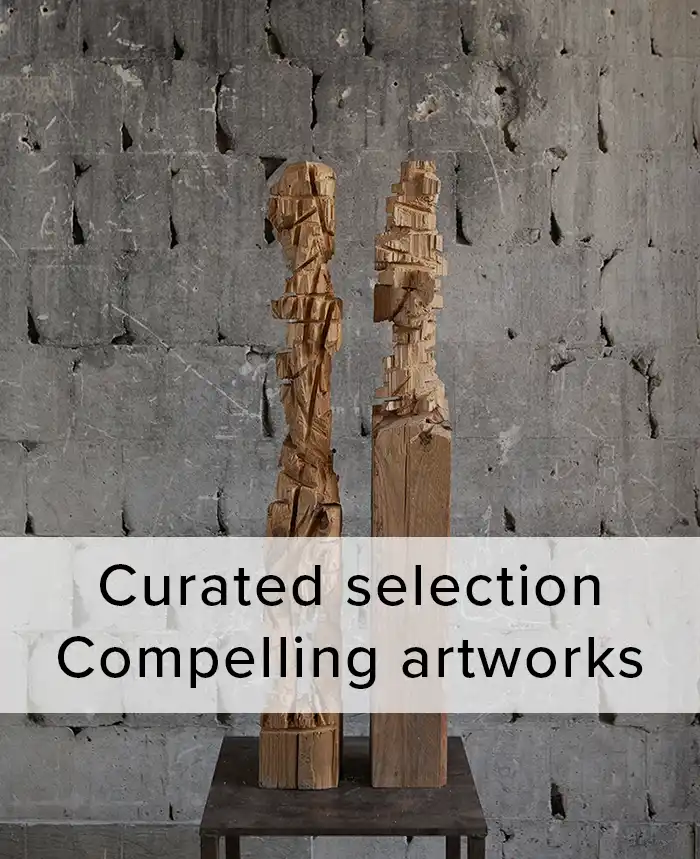Art World News
Stay updated on the contemporary art world through our digest of headlines

New York’s JFK Terminal 6 Set to Become a Contemporary Art Gateway
The Port Authority of New York and New Jersey has announced 18 new public art commissions for JFK Airport’s Terminal 6, opening in 2026. Led by the Public Art Fund, the initiative showcases the works of both native New Yorkers
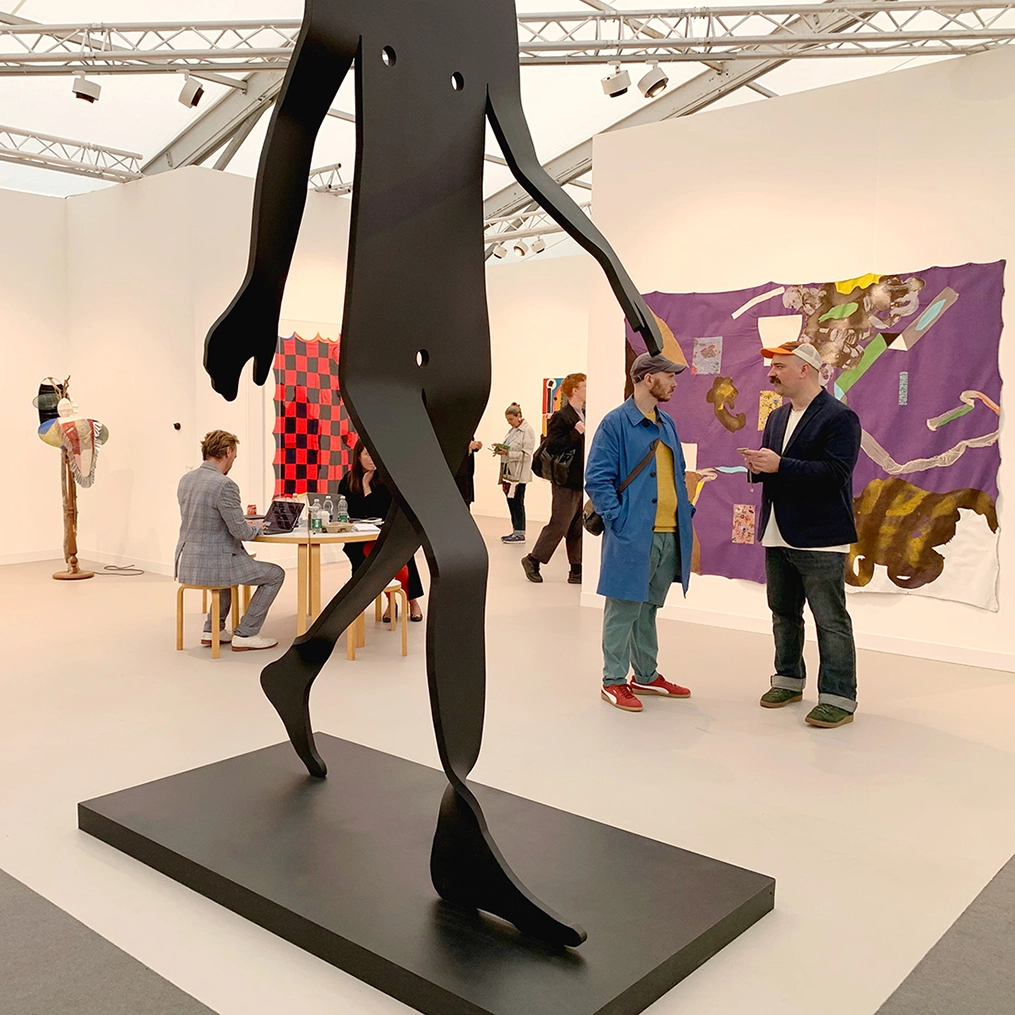
Revamping Frieze London: A Bold New Layout and Curatorial Vision
Frieze London is aiming for a more nuanced approach this year, focusing on dynamic visitor interaction and a fluid exhibition experience through a new layout. The fair will feature more young galleries and offer artists greater opportunities to present their
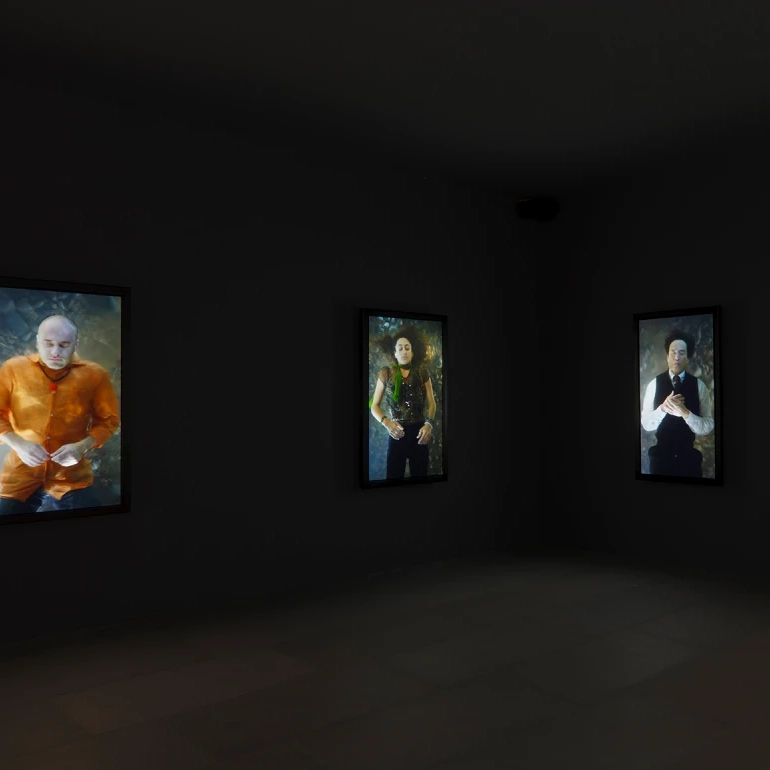
Bill Viola, Visionary Video Artist Known for His Exploration of Time and Existence, Passes Away at 73
Bill Viola, a pioneering figure in video art celebrated for his exploration of themes such as time and human existence through a meticulous creative process, has died at the age of 73. Viola’s death underscores his profound impact on contemporary
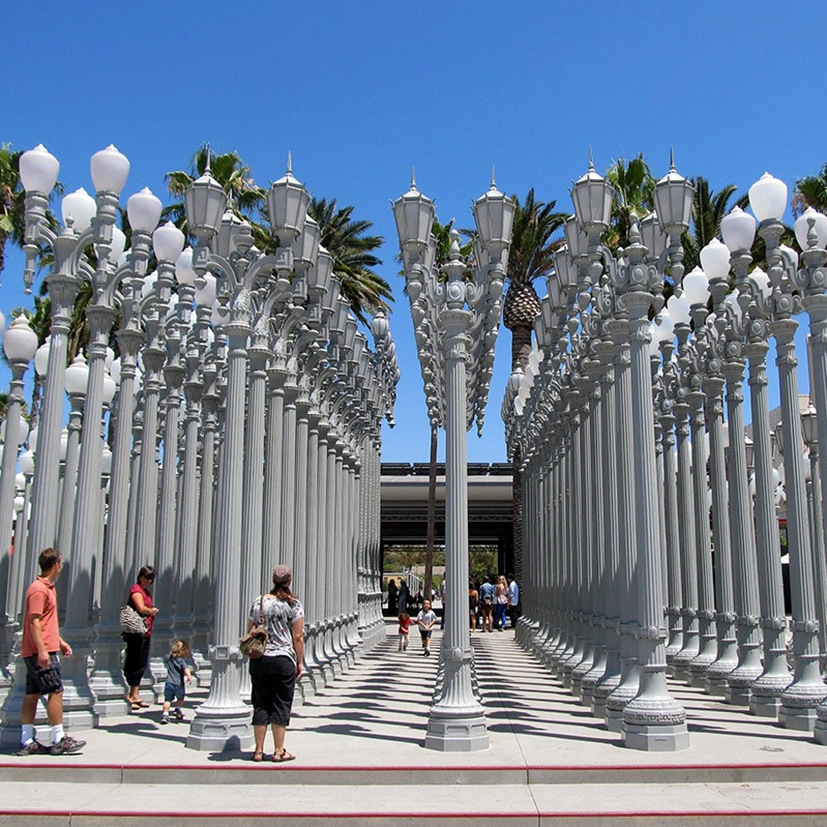
LACMA Faces Scrutiny for Displaying Questionable Korean Artworks
A significant controversy has arisen in the art world after Korean art experts raised concerns that the Los Angeles County Museum of Art (LACMA) may be showcasing several fake artworks in an exhibition. The allegations call into question the authenticity
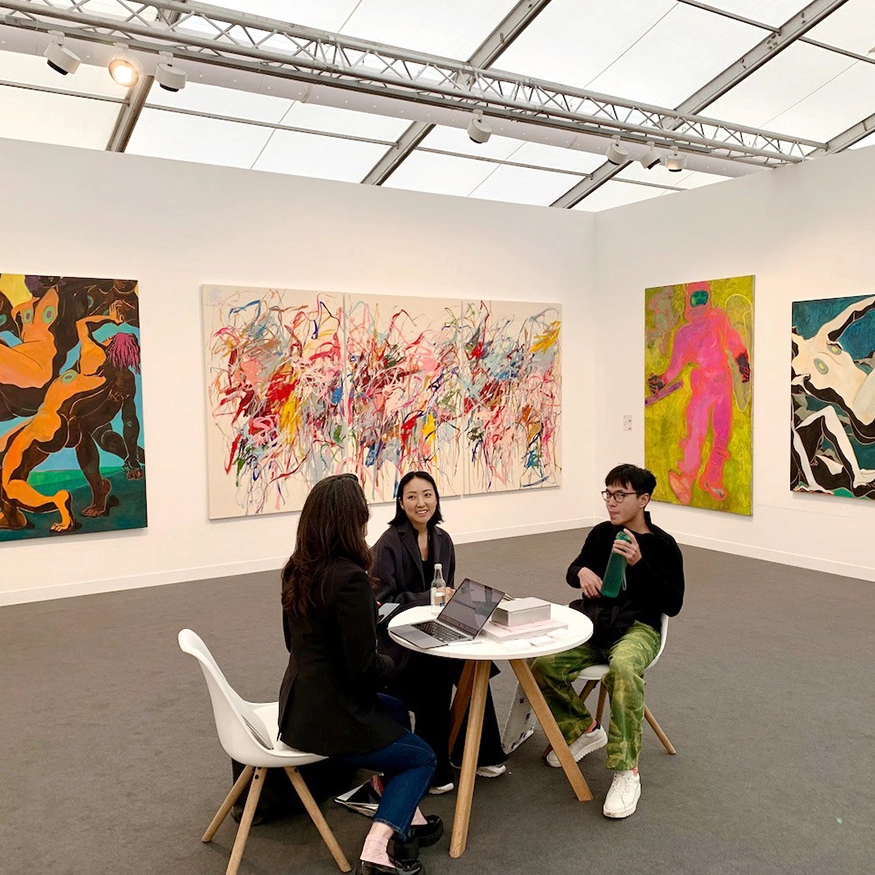
The New Generation of Art Patrons: Young, Wealthy Americans Drive Art Market
According to a recent Bank of America report, Millennial and Gen Z millionaires maintain more diversified investment portfolios compared to older generations, displaying a strong preference for alternative investments. Over 80% of young millionaires view art as a promising asset
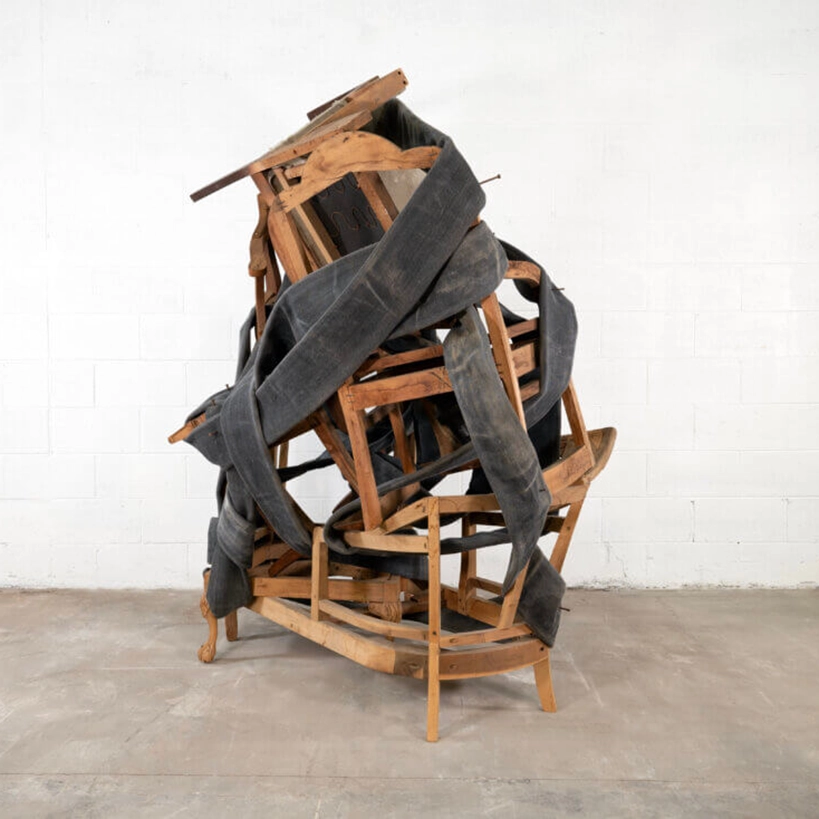
Lonnie Holley at Camden Art Centre: Narratives of History and Memory in Sculpture
Lonnie Holley’s solo show at Camden Art Centre features sculptures he created during his 2023 stay in Italy, alongside new pieces from a UK residency. Holley incorporates Americana iconography and cultural relics into his artwork, critiquing the unfulfilled promises of
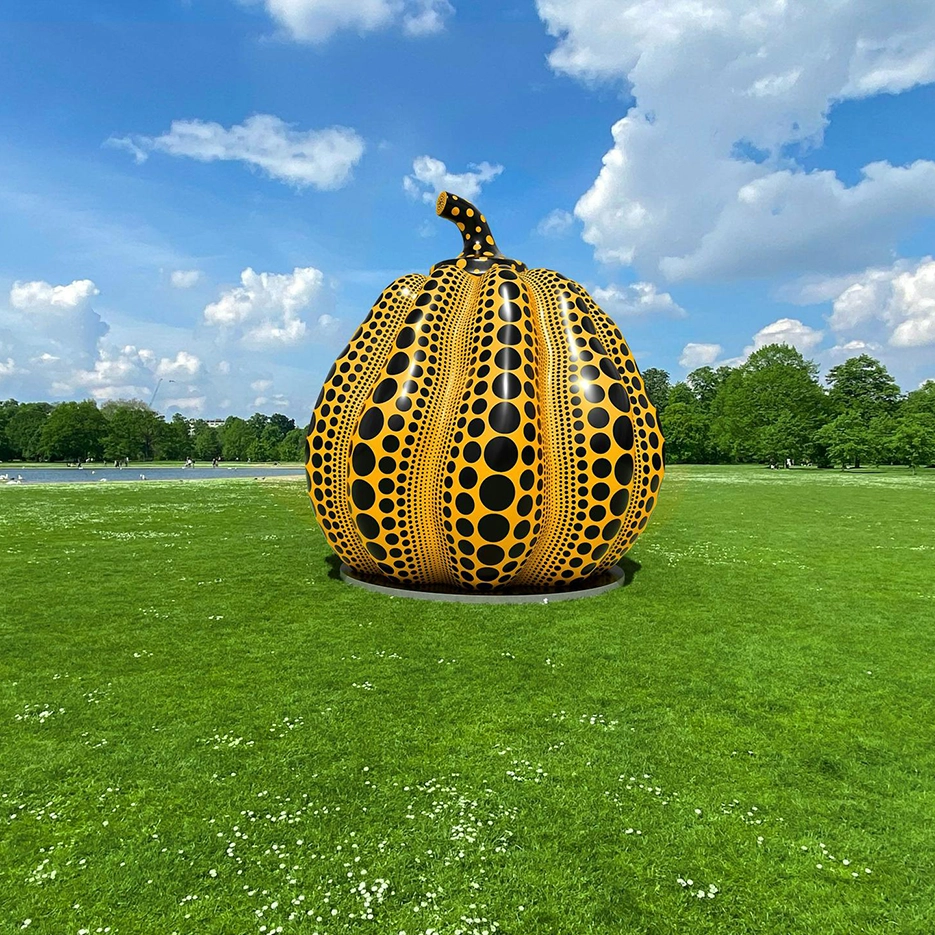
Kusama in London: Largest Pumpkin Sculpture Takes Center Stage at Kensington Gardens
Serpentine Galleries and The Royal Parks have announced the installation of a new large-scale sculpture by Yayoi Kusama in Kensington Gardens this summer. The piece is her tallest bronze pumpkin sculpture to date, standing at 6 meters in height and
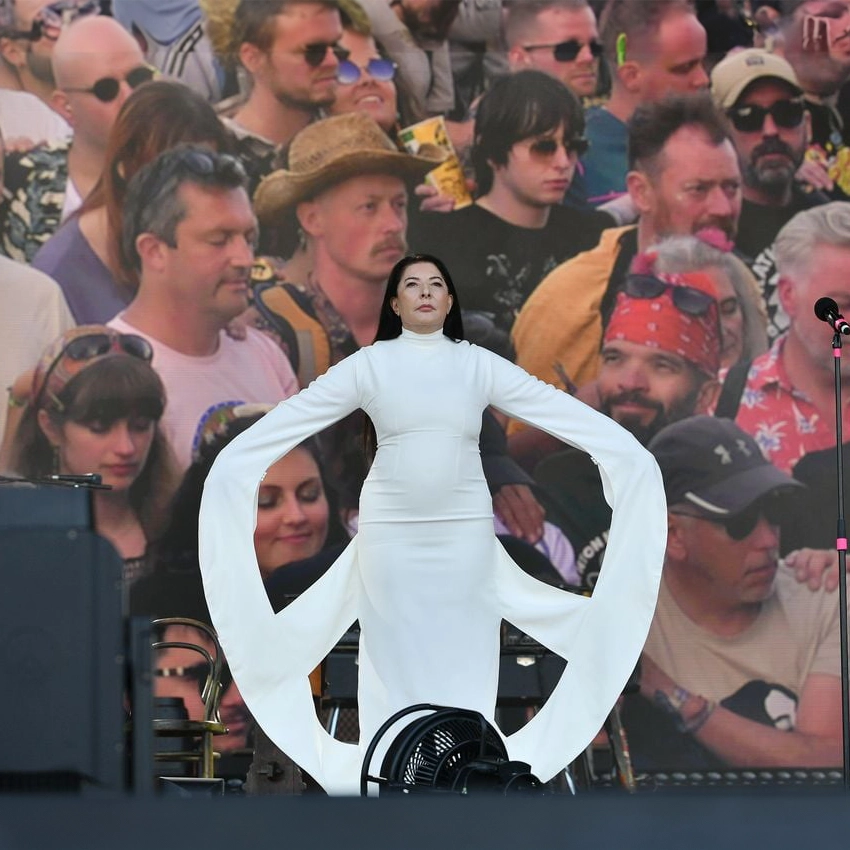
Glastonbury Festival 2024: Celebrating Diversity and Social Consciousness
The Glastonbury Festival, a leading performing arts festival held annually in Somerset, England, focused on the theme of migration this year. Performances by Banksy and Marina Abramović explored finding peace amidst war, celebrating diversity, and the importance of kindness and humility.
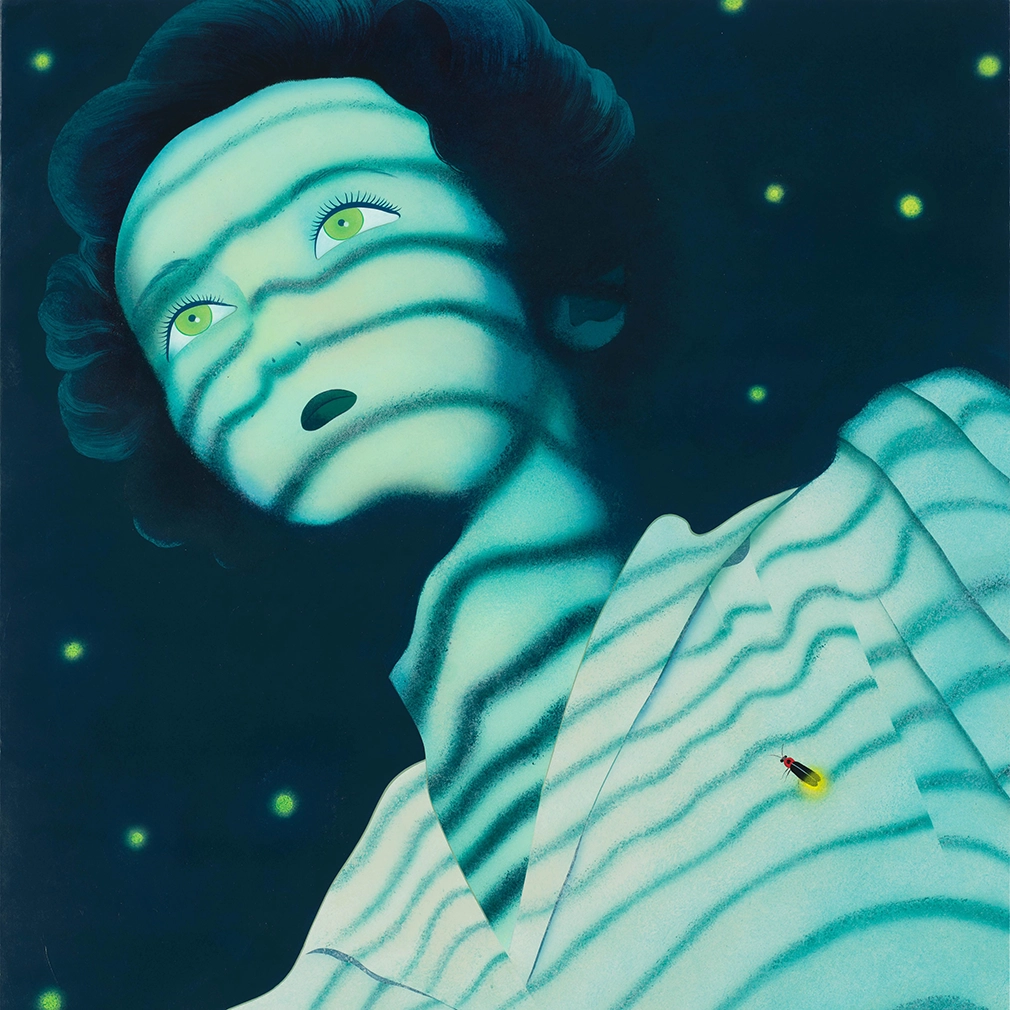
Tokyo Gendai 2024: Celebrating Contemporary Japanese Art
The Tokyo Gendai fair, aiming to capitalize on the Japanese art market, features 69 regional and global galleries, offering audiences a chance to explore contemporary Japanese culture and discover international stars. Some major names showcased are Ai Weiwei, Robert Longo,
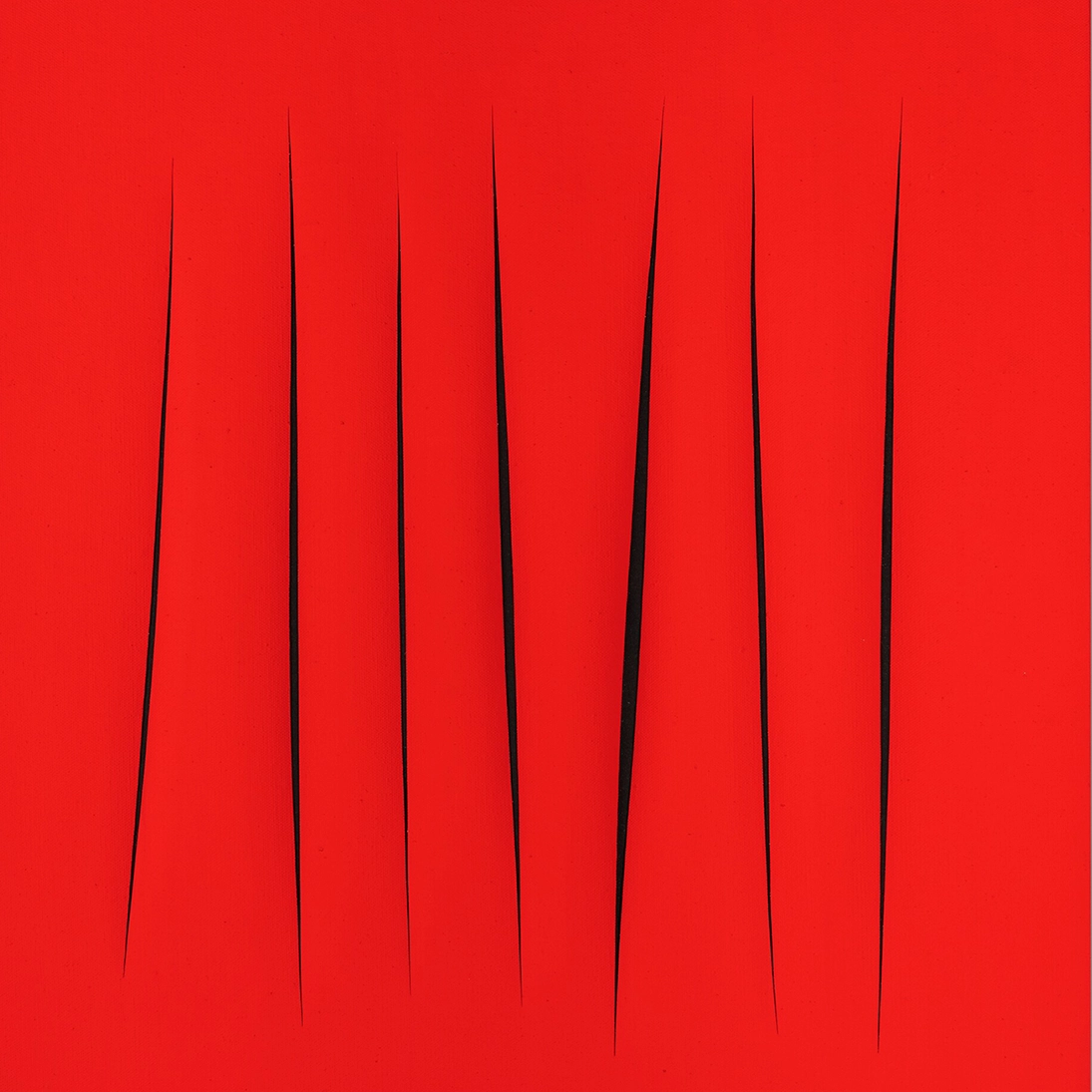
Sotheby’s London Auction Week June 2024: Successes and Shortfalls
Before Sotheby’s auction week in London, there were concerns due to the stuttering UK economy, an impending election, and a cooling art market. Despite the hot, humid weather, the auction saw several lots surpass their low estimates, thanks to auctioneers.
Social Media
Collections
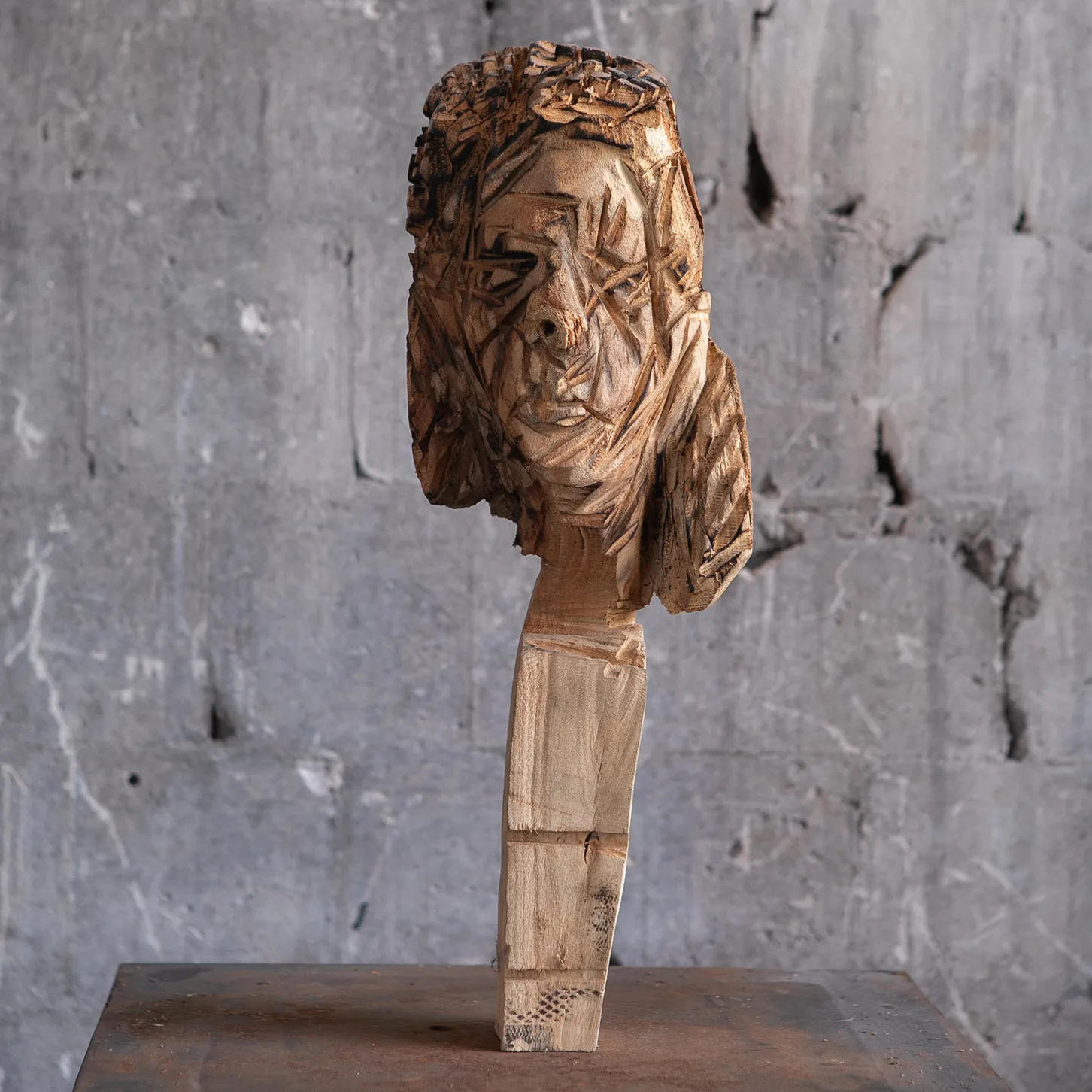
Portraits
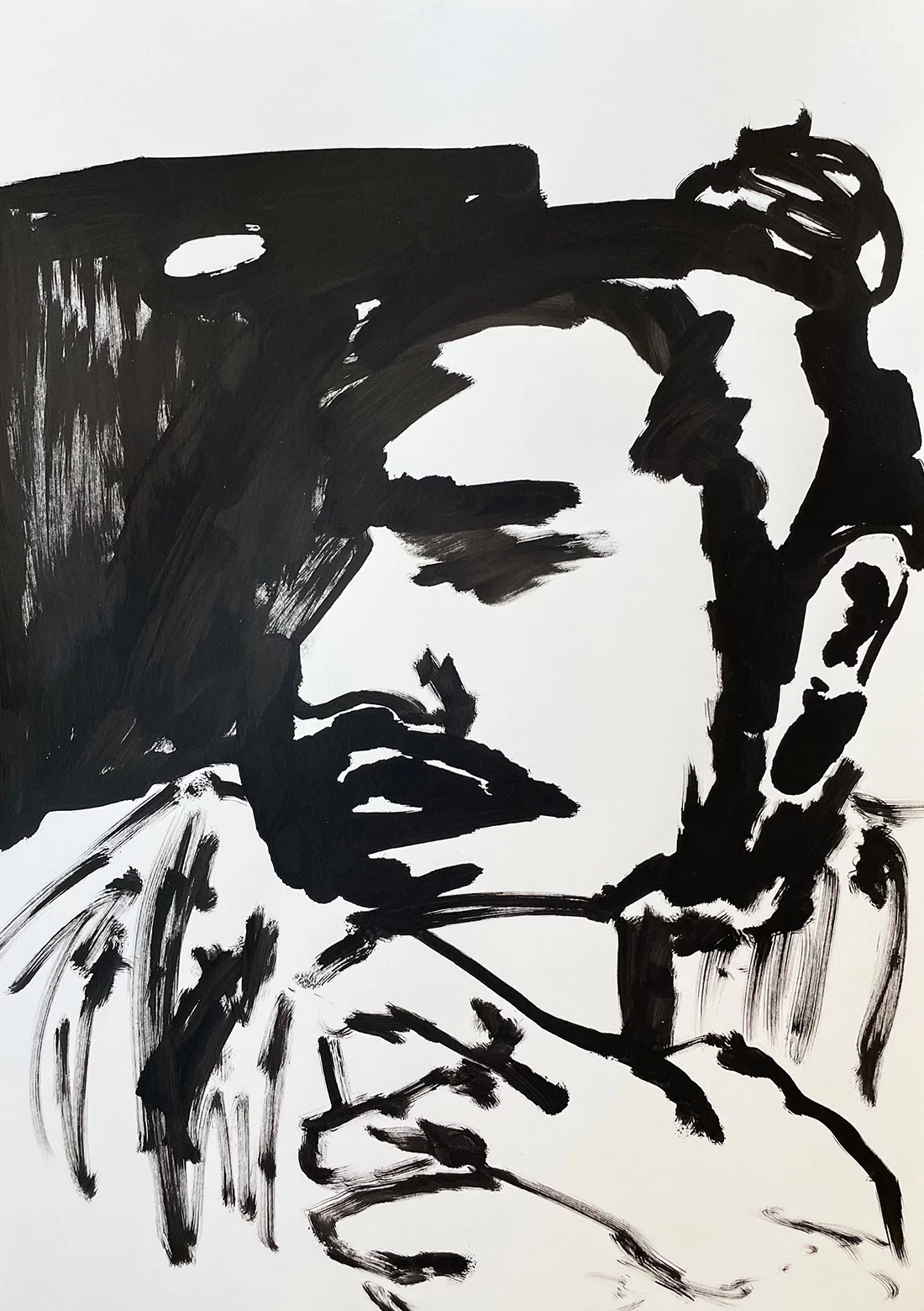
Persona
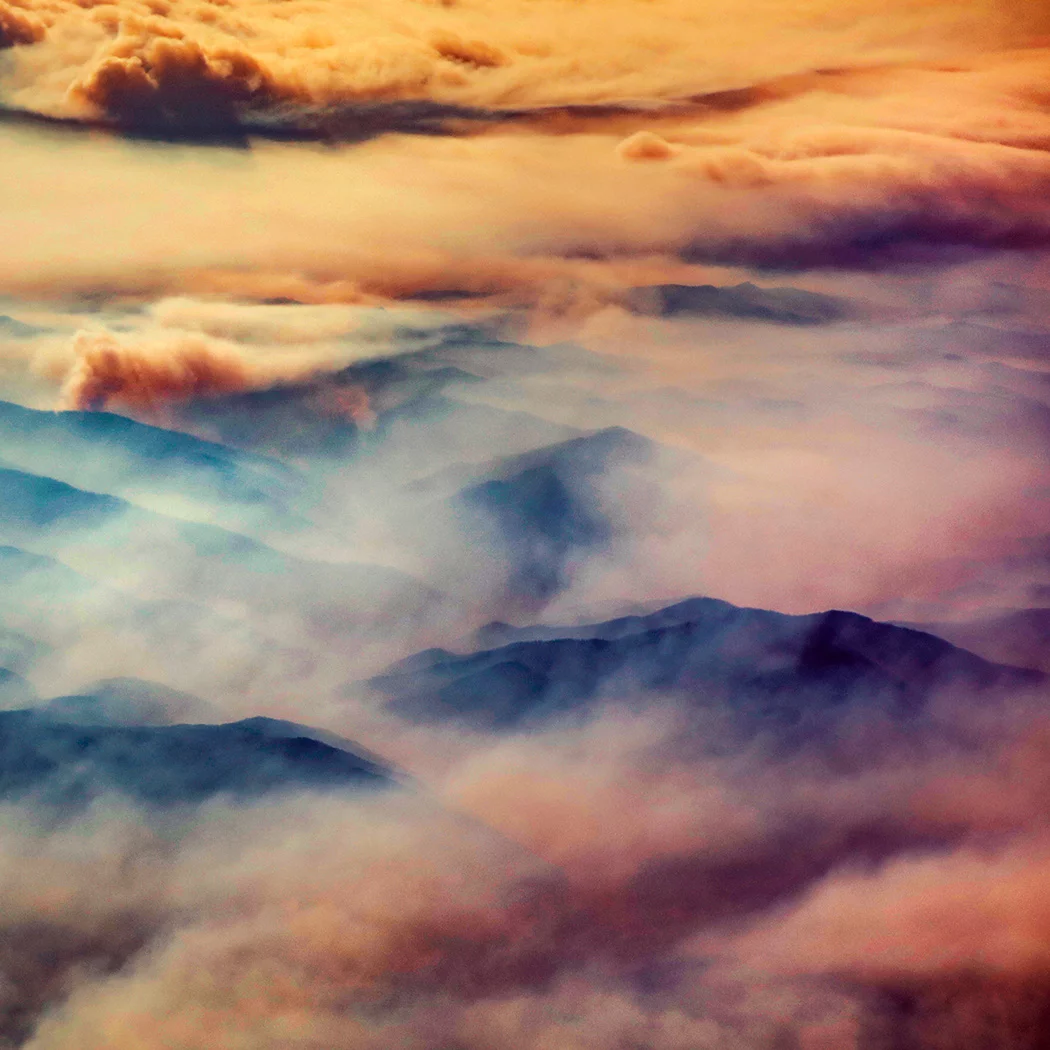
Polychrome
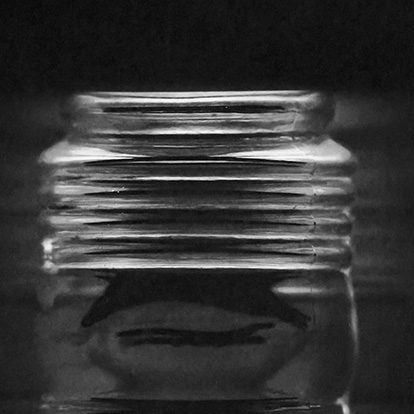
Monochrome
Join our weekly newsletter
Stay updated on the contemporary art world through a weekly digest of headlines and our own new articles!
Categories
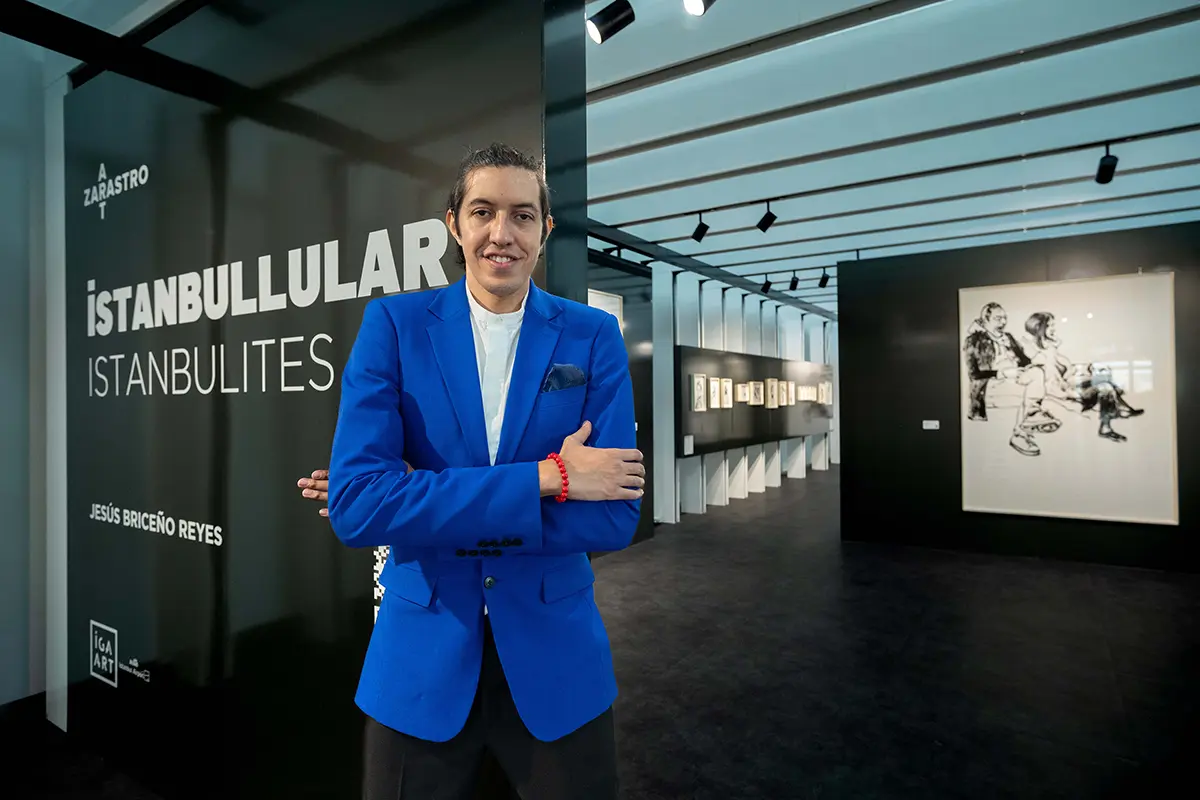
Jesús Briceño Reyes Discusses His Practice and the “Istanbulites” Exhibition
In his solo exhibition presented by Zarastro Art at Istanbul Airport, Venezuelan artist Jesús Briceño Reyes invites the viewer to rethink the various identities, relationships, and interactions of Istanbulites, characterizing the daily human scenes encountered in the city. We sat down to discuss his insights in tandem with the show…
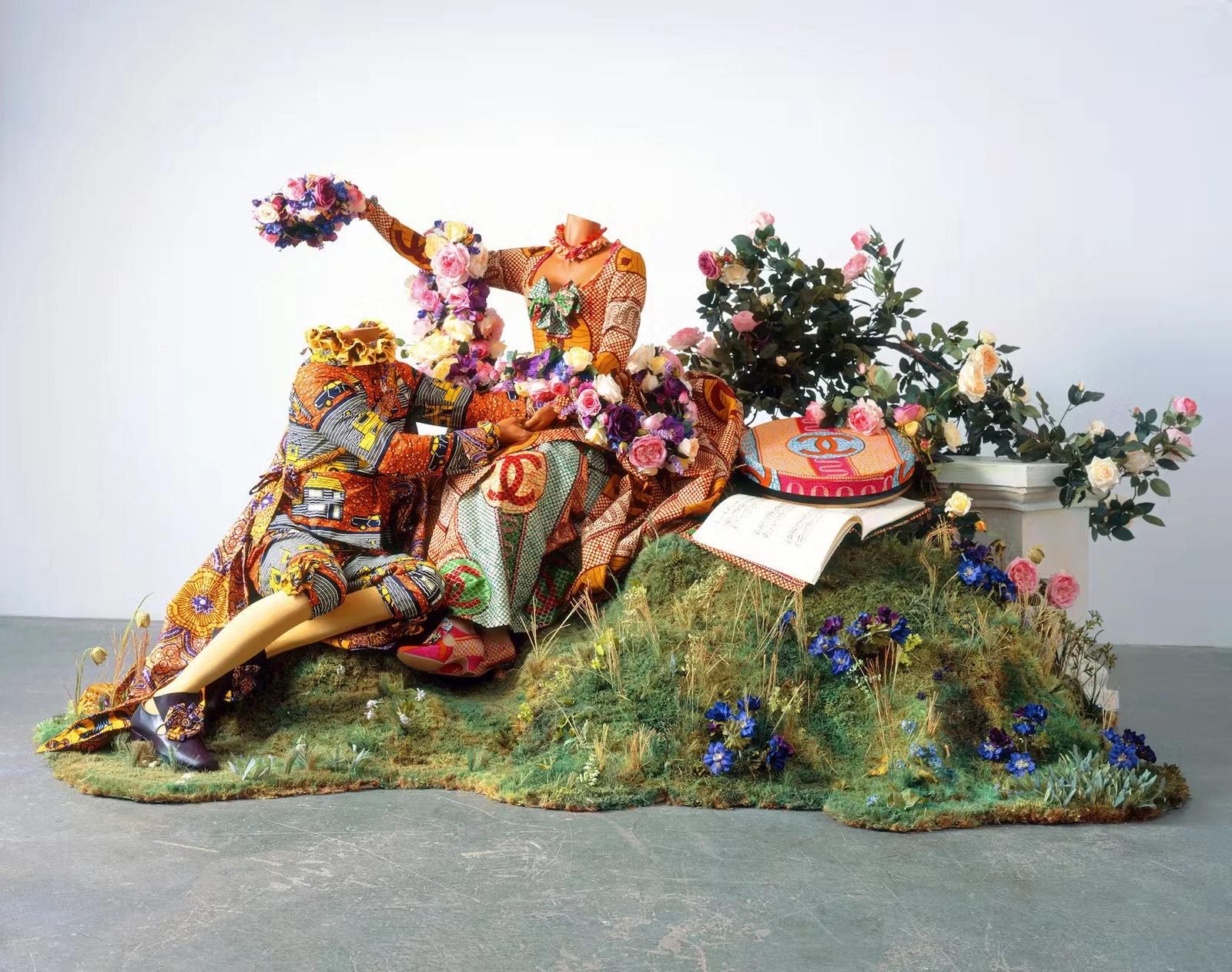
Yinka Shonibare: Navigating Identity Through Cultural Interchange
Yinka Shonibare explores colonialism, authenticity, identity, and power relations through his paintings, photographs, videos, and installations. Raised speaking Yoruba and immersed in British and American media, Shonibare’s work reflects a blend of influences and a questioning of cultural purity. Born in London in 1962, Shonibare was struck by transverse myelitis
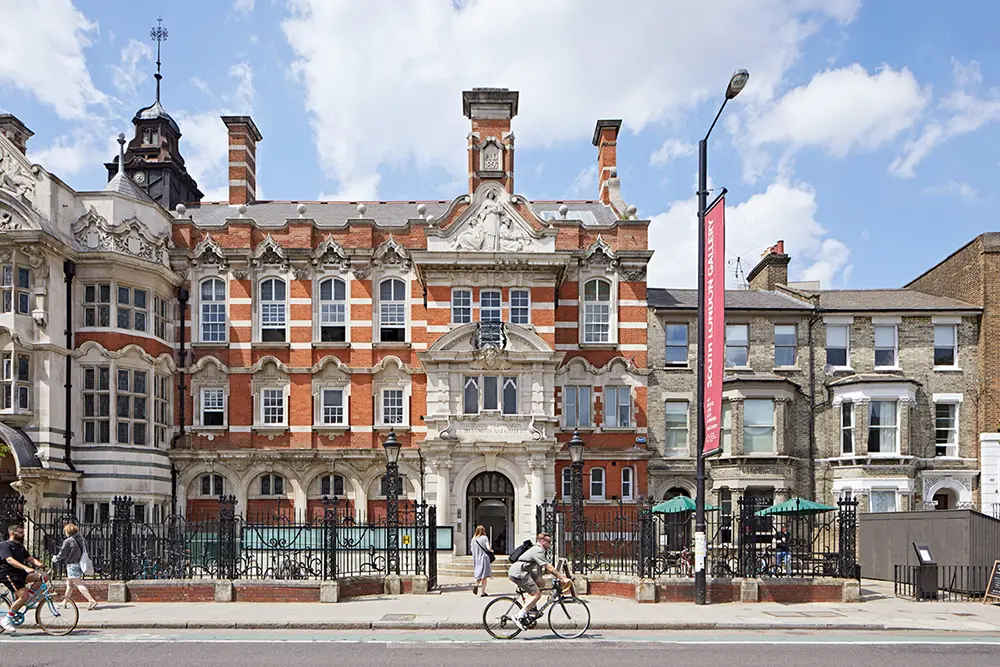
Top 10 Contemporary Art Galleries in London: New Visions and Possibilities
Renowned for its legacy, London is celebrated for its thriving contemporary art scene. The city draws visual artists from around the globe eager to present their work. Both local and international audiences come to the city to indulge in the abundance of outstanding exhibitions. A plethora of London galleries are
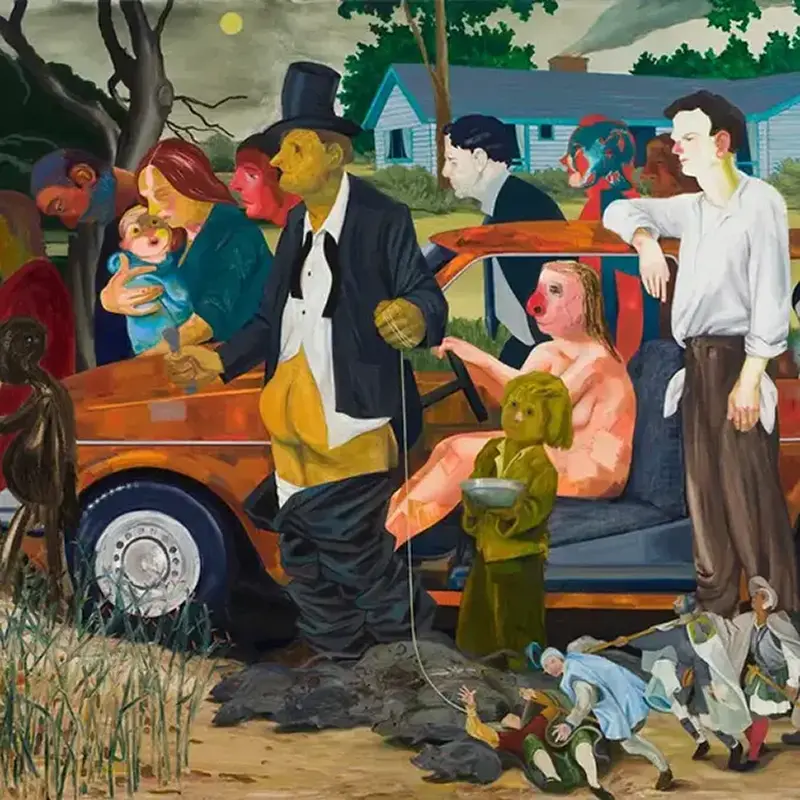
Nicole Eisenman: Brushing Against Conventions
Nicole Eisenman, also known as the “bad girl” for her emotionally charged narrative paintings, serves as a reminder of what is possible if one is brave and outspoken, in tune with their identity. The viewer can expect to observe humor, irony, and social insight in abundance from poignant stories in

